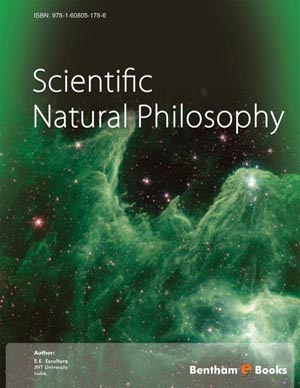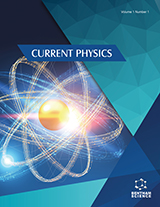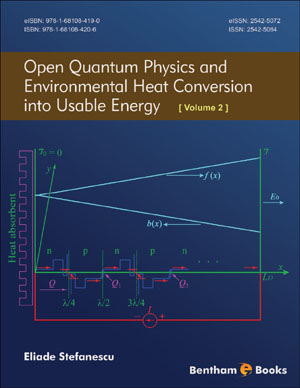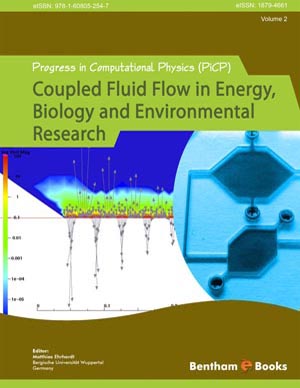Abstract
This chapter stands on the major rectification of foundations by David Hilbert in the early 20th Century and more. Recognizing the ambiguity of an individual thought being inaccessible to others Hilbert proposed that mathematics should be concerned not only with individual thought but with its representation by objects that can be studied collectively, including symbols, subject to consistent axioms. We stand on Hilbert’s rectification and avoid other sources of ambiguity, where contradiction usually hides, such as infinity, large and small numbers and vacuous concepts and propositions. Turning on the real number system we find the field axioms inconsistent and rectification paves the way for its reconstruction into the new real number system under new set of axioms.
In physics we wonder why there are long-standing unsolved problems such as the gravitational n-body and turbulence problems and unanswered fundamental questions like what are the basic constituents of matter and the structure of the electrons. We conclude that its present methodology of quantitative modeling that describes nature’s appearances mathematically is quite inadequate, and proceed to complement it with qualitative modeling that explains not only its appearances but also how it works in terms of its laws. Either methodology is indispensable to the other. Using qualitative modeling we proceed to participate in the 5,000-year search for the basic constituent of matter and succeed in pinning it down to the last detail of its structure called generalized nested fractal sequence. The superstring was the crucial factor in the solution of the 200-year-old gravitational n-body problem.













